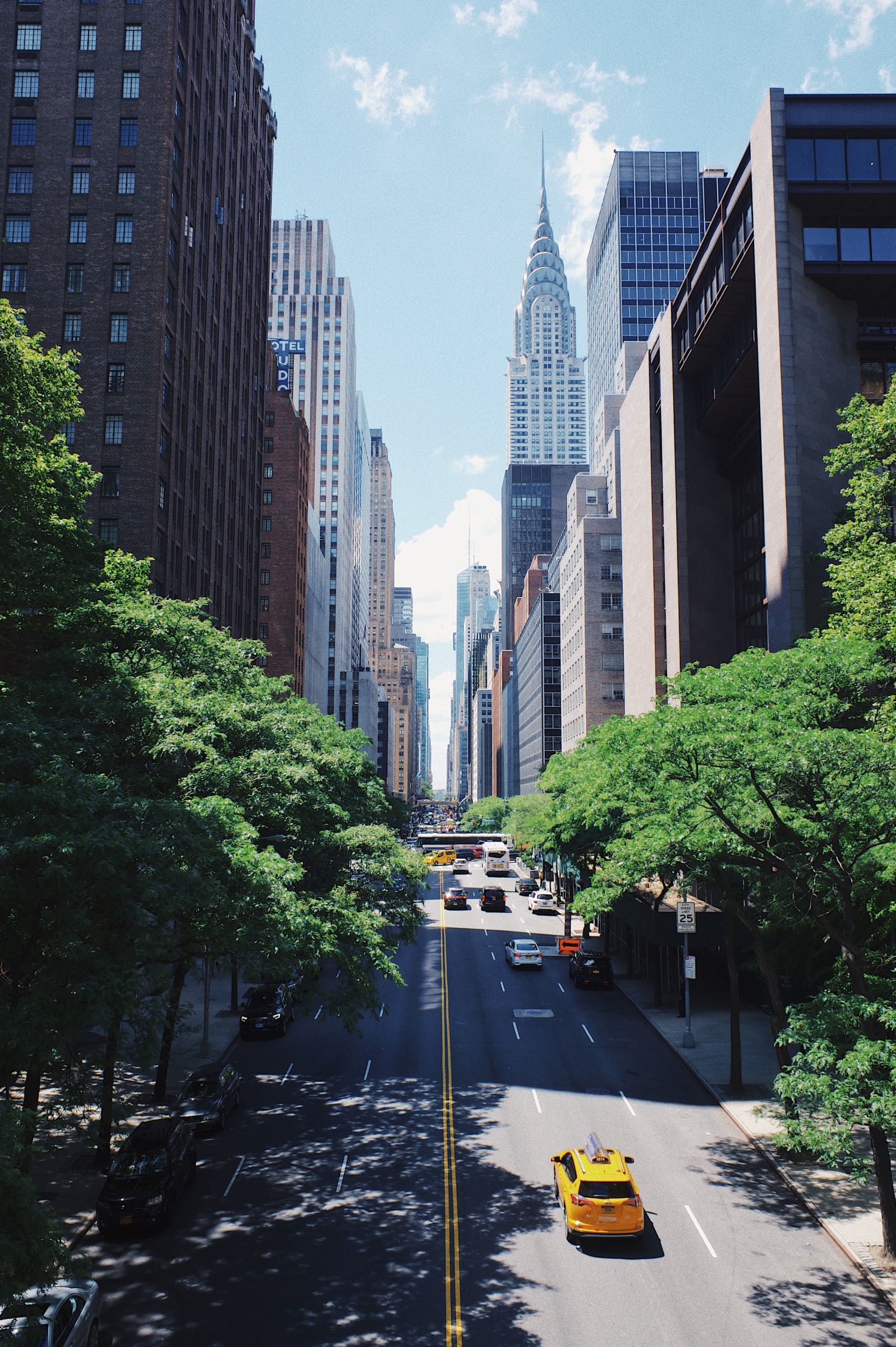In an effort to create a better environment for the people of New York, legislatures have created the city’s own green new deal efforts. From building green roofs to installing solar panels, the city has passed the most aggressive bills yet in an effort to tackle climate change and reduce New York City's carbon footprint using renewable energy.
Local Law 94 of 2019
New York City has recently passed the Climate Mobilization Act which will require that buildings create green roofs and install solar panels to their buildings. When signed into law, this will require all new buildings, as well as old buildings that are currently going through major renovations, to create a green roof infrastructure — as well as adding solar panels to the buildings. The green roof effort was created to imitate certain parts of the green new deal in an effort to reduce carbon dioxide emissions. Not only that, the Climate Mobilization Act will cool down the city, create better insulation for energy efficiency, improve air quality, promote biodiversity, reduce & filter water for stormwater management, and make the city more livable overall. While green roofs vary in design, generally, a green roof consists of plants and soil. Some roofs may even become apart of urban farming & gardening programs.
Local Law 97 of 2019
Another bill that was recently passed marks a commitment for New York City to achieve certain reductions in greenhouse gas emissions by 2050. This bill establishes the Office of Building Energy and Emissions Performance as well as greenhouse gas emissions limits for existing buildings. This bill will require certain existing buildings to meet the energy requirements by upgrading toward energy efficiency. The upgrades may include fixing windows, as well as using smart HVAC systems and other energy conserving products. In addition to these upgrades, buildings considered “covered buildings” must implement energy conservation measures by December 31, 2024. These measures and standards include adjusting temperature set points for heat and hot water, repairing any heat system leaks, providing maintenance of heating systems, insulating pipes, air sealing, and upgrading light systems. The bill targets building owners with over 25,000 square feet, committing them to reducing their greenhouse gas emissions by 80%. As this bill has passed, becoming New York law, over 57,000 buildings across the city will be reducing building baseline emissions to 40% by 2030. If building owners do not comply, penalties have already been set and owners will be fined $268 per metric ton that the carbon footprint exceeds annually. Owners who choose not to report their carbon emissions will be fined the gross floor area of the covered building multiplied by $0.50 for each month the violation is not corrected. Owners who choose to submit a false report shall be given a misdemeanor and subject to a fine of not more than $500,000.
Local Law 96 of 2019
The Property Assessed Clean Energy (PACE) Program was proposed to establish a sustainable energy loan program for building owners. The sustainable energy loan program’s purpose is to provide certain building owners with funding for installation of renewable energy systems, or other energy efficiency improvements. This law was passed to help building owners fulfill the requirements set by Local Law 97 of 2019 (detailed above) in an effort to reduce greenhouse gas emissions. This program provides long term financing for up to 100% of the cost to install and make improvements to the buildings for a reduction of carbon footprint. The administering agency will determine everything in terms of giving the loan and the loan conditions for building owners. Once criteria are met, owners will be given low cost, long-term funding for energy efficient programs.
Local Law 95 of 2019
This local law amends the administrative code of the city of New York in relation to a building's energy efficiency grade. This bill would update the ranges for the energy efficiency grade. The term 'energy efficiency grade' means a grade based on energy efficiency score through a benchmarking tool. When a building scores greater than 85, the energy efficiency grade shall be A. When the score is equal to or greater than 70 but less than 85, the energy efficiency score shall be B. If the score is greater than 55 but less than 70, the energy efficiency grade shall be C. If the score is less than 55, the energy efficiency grade shall be D. If the owner does not comply and does not submit their energy efficiency scores, they will be granted an F. If the building is not feasible to obtain energy efficiency determined by the department, the building energy efficiency score shall be N.
Local Law 99 of 2019
This bill explains the assessment of the replacement of gas-fired power plants and amends local law 248 (of 2017) in relation to the completion date of the long-term energy plan. This law mandates the assessment on the feasibility of replacing in-city gas-fired power plants with battery storage powered by renewable sources. These assessments are determined by the mayor’s office of sustainability or another office as the mayor may designate. The assessment should determine when the replacement could take place and also review the potential technologies for battery storage of energy. This assessment will be part of the long-term energy plan and will be updated every 4 years.
By Kasey Liu
If you want to contribute to a green future for New York City and save some money on your electric bill, going solar is a straightforward, proven approach. Contact YSG today at 212.389.9215 to get started on your solar journey.
Sources:
https://www.lexology.com/library/detail.aspx?g=fadc6637-60bd-43d6-b52e-560f7e7b6e76
https://www1.nyc.gov/site/buildings/codes/local-laws.page
https://be-exchange.org/insight/the-climate-mobilization-act-int-1253/

